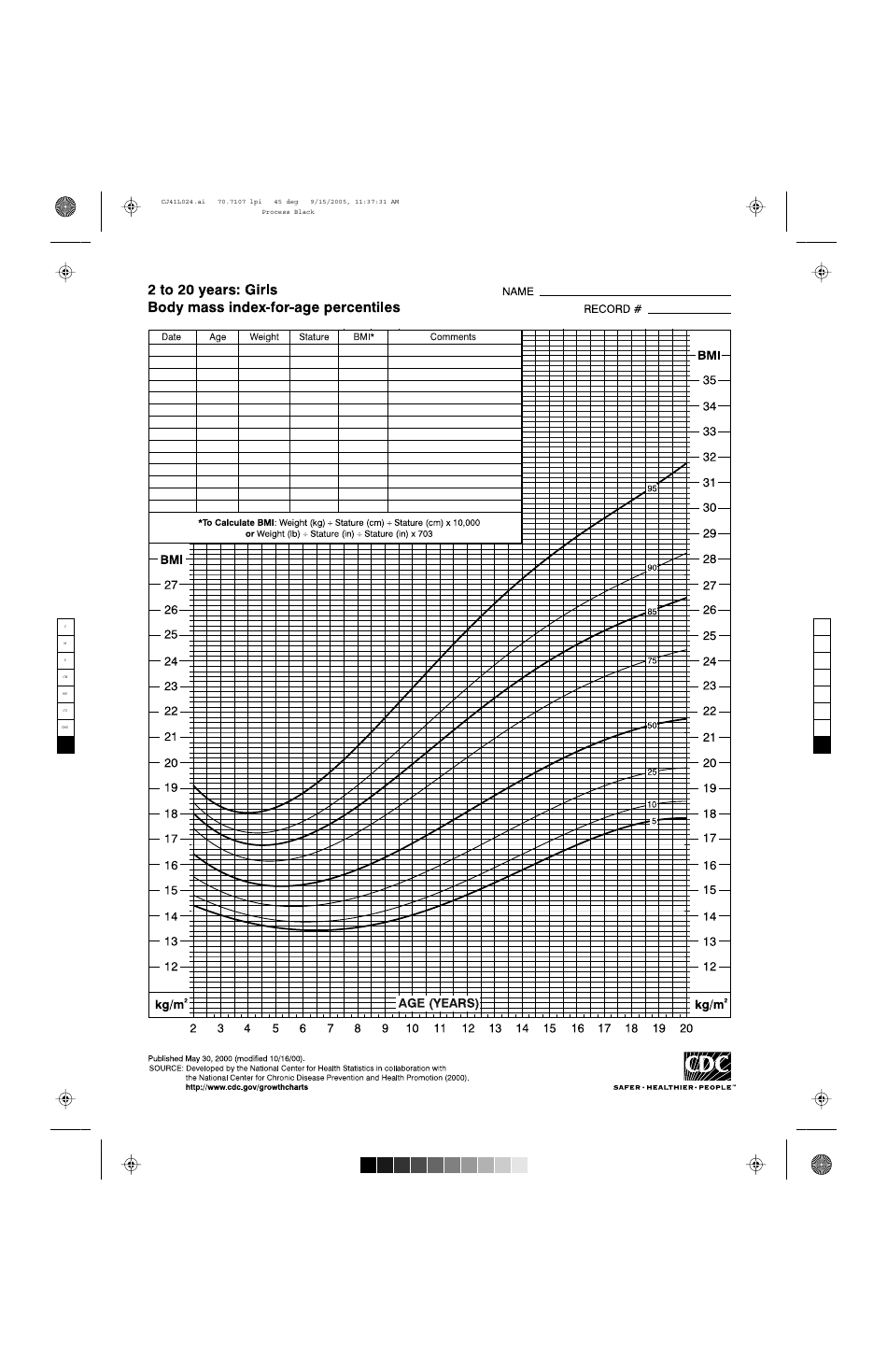
Then, we divide the weight (54 kg) by that height squared number: 54 / 2.64257536 is 20.4 (rounded to the nearest tenth).Ħ. Since these are metric units, we use the following formula (weight in kg / height in meters squared). Then round your answer to the first decimal place. What is her BMI? Use a calculator, but do not round your answer until the end. During a health assessment, you note that a female’s height is 1.6256 meters and her weight is 54 kilograms. Finally, we multiply that by 703, which gives us 25.1 (rounded to the nearest tenth), which is the overweight category.ĥ. That gives us 69 inches, and when squared, gives us 4761. Then add the extra 9 inches (since the patient was 5’9”). There are 12 inches in one foot, so 12 X 5 = 60. First, convert 5 feet 9 inches into pure inches. Since we are using the imperial system (pounds and inches), we must use the formula 703 X (weight in pounds / height in inches squared). Round the BMI score to the first decimal place (tenths place). You may use a calculator, but do not round until the end. Calculate the patient’s BMI, and select the answer below. During a health assessment, you discover that a male patient weighs 170 pounds and is 5 feet and 9 inches tall. A score of 25-29.9 is overweight, and a score of greater than 30 is considered obese by the CDC.Ĥ. A BMI over 30 falls within which category, according to the CDC? However, you will use a different formula for each method.ģ. You can use either imperial units (pounds and inches) or metric units (kilograms and meters) to calculate BMI. When calculating BMI, the units must always be in imperial units only (pounds and inches). Nurses must collect these measurements to calculate BMI properly.Ģ. Body fat percentage and skinfold thickness Nurses must collect two important measurements before calculating a patient’s BMI. These are the first Brazilian BMI-for-age charts for individuals with DS and will hopefully guide clinicians and parents in the evaluation and management of the nutritional status in children and adolescents with DS in Brazil.īody mass index Curvas de crescimento Estado nutricional Estatura Growth charts Height Nutritional status Peso Trisomy 21 Trissomia 21 Weight Índice de massa corporal.Ĭopyright © 2016 Sociedade Brasileira de Pediatria. The BMI of Brazilian youth with DS differs from those references established by CDC. In contrast, children with DS aged 3-18 years had higher mean Z-scores for BMI-for-age when compared to those of the CDC (Z-scores=+0.2 to +1.3).

At 2 years of age, the mean BMI Z-scores of boys and girls with DS were lower compared to those of the CDC (Z-score=-0.2). The BMI-for-age reference charts showed excellent goodness of fit statistics for boys and girls with DS aged 2-18 years. Z-scores were based on the CDC 2000 growth standards.


The LMS method was applied to construct the growth charts. Weight and height were used to calculate the BMI (kg/m 2). The secondary objective was to compare the BMI-for-age with the Centers for Disease Control and Prevention standards (CDC).Ī retrospective and cross-sectional growth study of 706 youth with DS (56.7% males) was performed in 51 centers in São Paulo state, Brazil. To develop Brazilian growth charts for body mass index (BMI-for-age) for individuals with Down syndrome (DS).


 0 kommentar(er)
0 kommentar(er)
